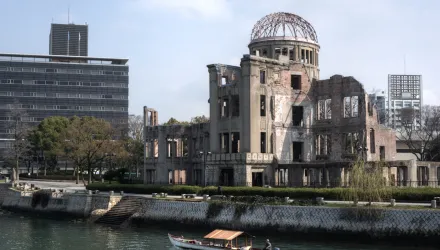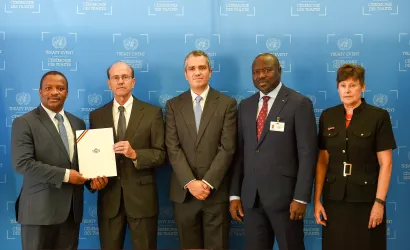Abstract
An examination of the onset, evolution, and termination of the 1999 and 2001–02 crises between India and Pakistan suggests that nuclear deterrence is robust in South Asia. Even though the 1999 crisis erupted into a war, its scope and dimensions were carefully circumscribed. Despite its conventional capabilities, India chose not to cross the Line of Control (the de facto international border in the disputed state of Jammu and Kashmir), and it avoided horizontal escalation of the conflict. India’s restraint cannot be attributed either to timely U.S. intervention or to a concern about avoiding a bellicose international image. Instead a highly jingoistic regime, which had defied international public opinion the previous year through a series of nuclear tests, chose to exercise restraint because of Pakistan’s possession of nuclear weapons. In 2001, despite grave Pakistani provocation through a series of terrorist attacks, India could only respond with a strategy of coercive diplomacy.
Ganguly, Sumit. “Nuclear Stability in South Asia.” International Security, Fall 2008





